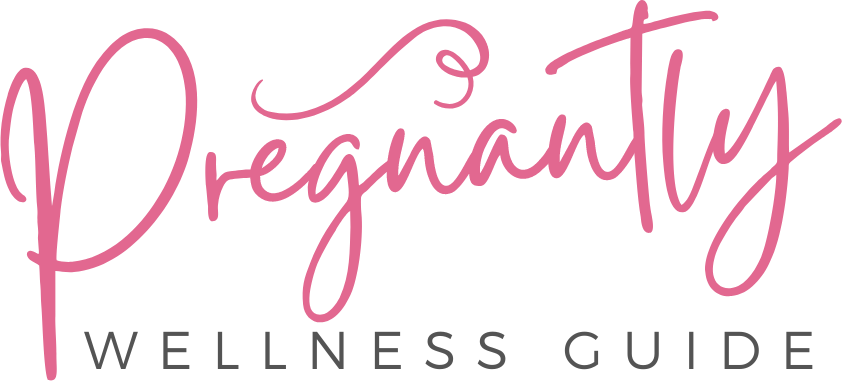
Women’s stress levels measure 18-22% higher than men’s because we’re facing systemic issues that spa treatments can’t fix—workplace pay gaps, caregiving demands, and inadequate reproductive health support. Corporate wellness programs show participation rates under 20% because they don’t address our distinct challenges like postpartum depression or menopause management. While self-care advice tells us to “just relax,” we’re juggling intersecting roles that require structural solutions, not surface-level fixes. Effective stress management combines personal strategies with workplace flexibility and community support that actually addresses the root causes we’re confronting.
Women Face Higher and More Complex Stress Than Men
Women consistently report stress levels 18-22% higher than men on standardized measures like the Perceived Stress Scale, and this gap isn’t simply a matter of perception. We face fundamentally different stress responses rooted in both biology and social structures. When confronting identical stressors, we appraise situations as more threatening and experience heightened autonomic reactivity. Our coping mechanisms—often centered on emotional support-seeking rather than distraction or humor—can intensify rather than buffer stress. Add the reality that we’re managing multiple intersecting roles: caregiving, employment, and household management. These compounding demands create chronic exposure patterns that elevate our vulnerability to anxiety and depression. The emotional triggers we navigate daily aren’t weaknesses; they’re responses to genuinely more complex stressors requiring equally sophisticated management strategies.
The Real Triggers: Work Pressures and Caregiving Demands
When we examine what’s actually driving our elevated stress levels, two dominant forces emerge: workplace pressures and caregiving demands that often collide rather than coexist.
Financial constraint hits us harder—40% of women report significant stress about household finances, compounded by persistent pay disparities and job insecurity affecting over half the workforce. We’re traversing these economic pressures while shouldering disproportionate caregiving burdens that workplaces rarely accommodate.
The collision becomes acute when we’re managing menstruation, menopause, or fertility issues alongside professional responsibilities, yet most managers aren’t prepared to support these realities. We need flexible arrangements and adequate resources, but workplace culture typically fails to recognize how caregiving demands intersect with financial pressures. This systemic gap between our lived reality and institutional support structures creates the chronic stress we’re experiencing.
Why Generic Wellness Programs Fall Short
Corporate wellness programs promise relief from these mounting pressures, yet they consistently fail to address what we’re actually experiencing.
The fundamental problem lies in their design. Most wellness initiatives treat all employees identically, ignoring the distinct health challenges we face:
- Inadequate mental health support for postpartum depression and caregiving stress
- Absent reproductive health services despite their critical importance to our wellbeing
- Low participation rates under 20% because programs don’t fit our schedules
- Self-reported improvements without actual clinical health outcomes
- Missing program evaluation standards that would measure what matters
When wellness initiatives overlook menstrual health, menopause support, and the reality of balancing work with family responsibilities, they’re fundamentally disconnected from our lives. Without rigorous program evaluation measuring real outcomes, these generic approaches remain ineffective.
The Problem With Common Coping Strategies
While we’re repeatedly told to “just relax” or “practice self-care,” these common recommendations ignore a critical reality: women report average stress levels of 5.3 out of 10, compared to men’s 4.8, yet we’re offered the same generic advice.
The disconnect runs deeper than inadequate support. Many of us default to maladaptive coping mechanisms—denying stressors, seeking social support that doesn’t address systemic issues like work-related stress management, or cycling through strategies that provide temporary relief without sustainable impact. Research shows that while social support remains our primary coping approach, it hasn’t reduced our stress levels below men’s. We face distinct stressors: performance evaluations, role conflict, gender discrimination, and disproportionate family responsibilities. Effective stress management requires coping mechanisms tailored to these realities—not generic wellness prescriptions that ignore our actual circumstances.
Building a Foundation: Lifestyle Changes That Actually Work
The strategies that genuinely reduce women’s stress aren’t revolutionary—they’re foundational lifestyle adjustments backed by substantial research yet consistently undervalued in mainstream wellness advice. Effective stress management depends on addressing our physiological systems through evidence-based healthy habits that regulate cortisol, support neurological function, and build resilience capacity.
Core lifestyle interventions proven to reduce stress:
- Nutrition optimization – Prioritizing omega-3s, magnesium, whole grains, and lean proteins while limiting caffeine and sugar reduces inflammation and anxiety symptoms
- Regular physical movement – Aerobic exercise and mind-body practices release endorphins that counteract stress hormones
- Sleep hygiene – Consistent 7-9 hour sleep schedules with proper routines improve mood regulation and cognitive performance
- Mindfulness practices – Daily 10-20 minute meditation sessions demonstrate effects comparable to pharmacologic anxiety treatments
- Adequate hydration – Proper water intake supports brain function and prevents cortisol spikes
The Role of Workplaces and Communities in Supporting Women’s Mental Health
Despite our best individual efforts at stress management, the environments where we spend most of our waking hours—workplaces and communities—exert profound influence over our mental health outcomes. The data reveals stark realities: 46% of women report workplace exhaustion versus 38% of men, and 42% say their jobs negatively impact their mental health. Organizational support matters measurably—flexible arrangements, targeted mental health services, and anti-discrimination policies directly improve women’s well-being and retention. Yet we’re simultaneously managing family responsibilities during work hours at higher rates (17% versus 11% for men). Community engagement provides vital counterbalance through social support networks, though traditional gender role expectations often intensify rather than alleviate stress. Employers offering thorough mental health benefits beyond minimum requirements and communities actively destigmatizing help-seeking create the systemic foundation individual interventions require.
Conclusion
We’ve witnessed how women weather workplace pressures, wield caregiving responsibilities, and wrestle with wellness programs that weren’t designed for their daily demands. Real stress solutions require systemic shifts—not just spa settings. When workplaces welcome flexibility, communities create caring networks, and we collectively champion thorough mental health resources, we build better foundations for wellbeing. Together, we can transform stress management from temporary treats into sustainable structures that support women’s mental health meaningfully and measurably.







